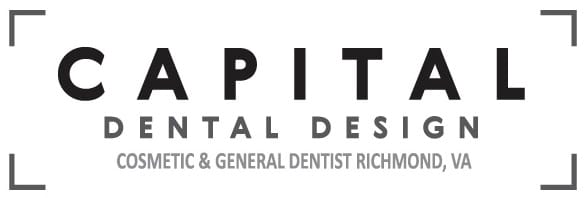What does a Dental Hygienist Do?
A dental hygienist is the dental professional you will see for professional dental teeth cleanings! Dental hygienists work under the supervision of a licensed dentist and work with the dentist to provide you with the best dental care possible. Your hygienist will be the person who cleans your teeth, takes x-rays, and educates you on oral care.
Your hygienist is also the person who will help diagnose periodontal disease and recommend treatment. They will perform scaling and root planing and periodontal maintenance when necessary. Most hygienists are licensed to administer a local anesthetic for scaling and root planing treatment.
What does a dental hygienist do?
A dental hygienist keeps their own schedule separate from the dentist. Even though the dentist will pop in to perform an exam after every cleaning, the hygienist is able to work on their own patient when the dentist is seeing another.
Your hygienist will usually be your first line of contact for dental treatment. They will keep your medical records up-to-date and make sure that your medical history and any medications that you are on are current at every visit.
The hygienist will utilize a number of tools to clean your teeth and gums while teaching you the best way to perform home care. If you have questions about flossing or brushing or need help teaching your child, your dental hygienist is a great ally for dental education.
What type of education does a dental hygienist receive?
Aspiring hygienists must have a high school diploma or equivalent with high grades in biology, health, math, and chemistry classes in order to apply it to dental hygiene school. Students may attend accredited hygiene programs at either a community college, university, or vocational school. They can obtain a degree at the level of associates, bachelors, or masters degree in dental hygiene. Typically, courses required for dental hygiene programs include anatomy and physiology, chemistry, pharmacology, and clinical sciences.
Once they have completed their studies, students must test to become a licensed dental hygienist. The National Board Dental Hygiene examination is a comprehensive written test assessing the students knowledge of scientific principles and facts relating to dental hygiene. The exam also has the student assess case study patients through charts and photographs and determine the appropriate treatment.
After passing the national exam, the student must pass a regional exam for their license. The regional exam is more hands-on and asks the student to demonstrate their clinical skills. An actual patient is present and the student performs a cleaning on the patient, removing plaque and tartar and measuring gum pockets.
In order to work in the United States as a dental hygienist, the student must receive their license from the state in which they will practice. Most states require graduation from an accredited degree program as well as a passing grade from both the national exam and state exam.

